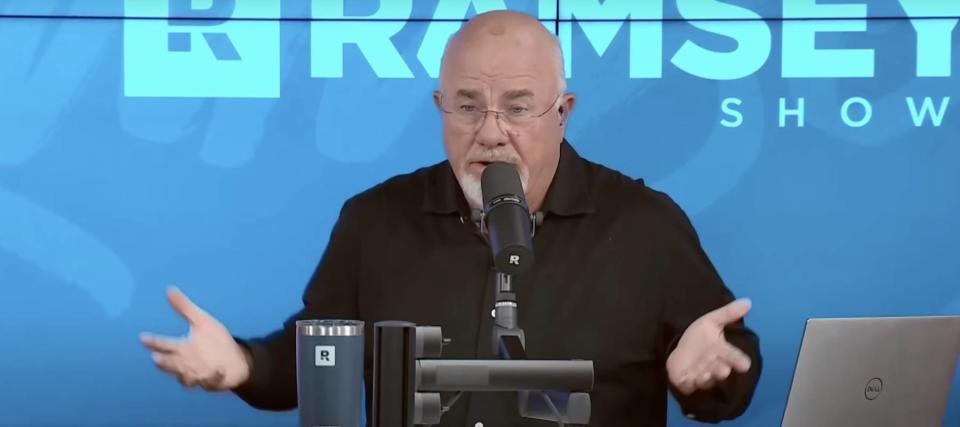Say what you will about Dave Ramsey but the man neither minces words nor falls back on highfalutin’ financial jargon.
The personal finance pundit recently had this to say to a caller named Jane from Kalamzoo, Michigan about why the two popular retirement accounts aren’t created equal.
Don’t miss
“The Roth absolutely, mathematically kicks the traditional’s butt,” Ramsey told Jane during the episode. “There’s no way that the traditional even comes close.”
There are multiple retirement accounts for you to choose from: IRAs, 401(k)s, 403(b)s, to name a few. If you are considering putting your hard-earned money in an IRA to save for your golden years, there are a couple important equations to work out.
So how does Ramsey’s Roth logic work out in practical terms?
Crunching the numbers
To make his point, Ramsey used a hypothetical scenario where a 25 year old puts $200 a month in a retirement account for 40 years. That adds up to $96,000 in contributions, which in theory could shoot up to $2.5 million in a decent growth stock fund.
When the IRS comes knocking, the traditional IRA holder who took deductions up front will be on the tax hook for the full account, minus $96K — while the Roth holder, who instead paid taxes up front, owes Uncle Sam nothing.
He wondered: If someone who made $130 put $100 after taxes into a Roth IRA, would they be better or worse off than the person who put the full $130 into a traditional?
That’s an apples-to-apples comparison, Ramsey noted, “but here’s the problem with that: That’s not what people do.” That is, $100 feels like $100 to the typical wage earner whether it’s before or after taxes
For Ramsey, it’s the psychology that helps the Roth work its financial magic as much as anything else.
“We cheat you,” he quipped. “We trick you into saving more.”
Read more: Thanks to Jeff Bezos, you can now use $100 to cash in on prime real estate — without the headache of being a landlord. Here’s how
A question of tax brackets
Let’s say a 25 year old who makes an adjusted gross income of $50,000 annually contributes $6,500 a year to a Roth IRA and increases future contributions to the maximum allowed.
Assuming a 7% rate of return, and a tax rate that jumps from 24% to 28% in retirement, the Roth may be worth $176,000 more than a traditional: roughly $1,415,000 versus $1,239,000.
Now let’s assume that you’re worried about whether you’ll be in a lower tax bracket when you retire.
In that instance, the Roth’s advantages begin to narrow. Flipping the tax rates to 28% pre-retirement and 24% in retirement, you’ll come out ahead by just $100,000 – and at somewhere around 33% pre and 19% post, you’d break even.
Ramsey agrees that for the traditional IRA to work out over the Roth, you have to be in a dramatically lower tax bracket at retirement. That was the case for Jane, who told him that she belonged to a much higher one during her working years.
But now that she’s retired, Jane is having her financial adviser gradually transfer the money from her traditional account into a Roth to keep her “in a very low tax bracket” — to which Ramsey replied: “That is a smart move.”
If these numbers still don’t add up for you, it’s never a bad idea to call in a professional financial adviser to help you choose which option is best for your retirement plans.
No matter how old you are or what account you choose, Ramsey’s advice on prepping for retirement can be boiled down to one simple message:
“Shut your butt up and save.”
What to read next
This article provides information only and should not be construed as advice. It is provided without warranty of any kind.
Credit: Source link




